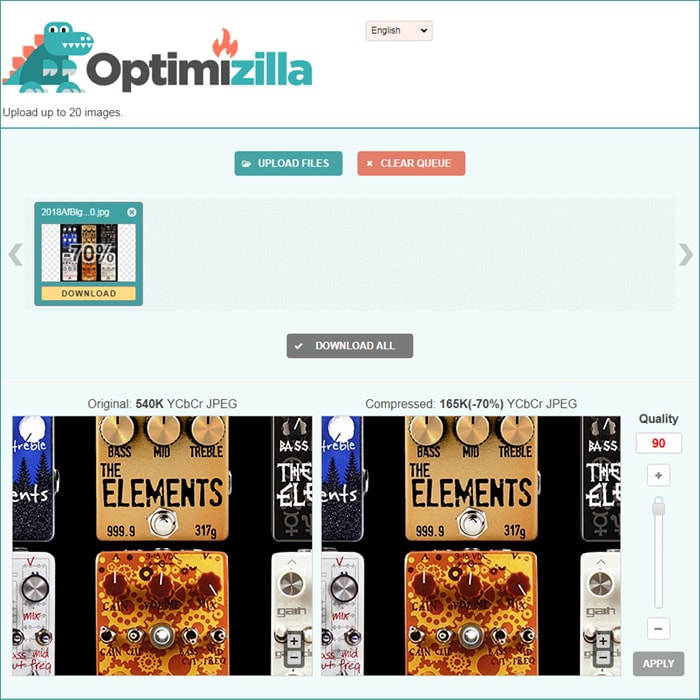The Importance of Content Categorisation and Tagging

It used to be that Tagging content was a key part of SEO, and ’Dublin Core’ format Meta Tags were very much in evidence on all leading websites. Over the last few years though, the search engines upped and changed their algorithms to do away with Meta Tags and Meta Descriptions, and so for many, the habit of categorising and tagging up content fell out of practice.
For our digital business platform Affino though, Tagging has remained a core element, even as its purpose has shifted and changed. We still find that the discipline of categorising, grouping and organising your content is essential for the ongoing viability of your site. All content exists to serve a particular purpose and a specific target audience. At the top level, Content Tags or ’Topics’ as we call them, are used for two key purposes:
Navigation & Filtering
Applying Topics / Tags to content identifies the type / category, location and purpose of content. It places it within a hierarchical taxonomy, which in the best cases mirrors the organisational structure of the site to a large degree. Even when tags are no longer used by search engines, they are an essential part of site organisation and can be used to filter down and target specific content on the site. They can also identify additional characteristics of content - whether it is ’sponsored’ (Native Advertising) or has some other key attributes and / or specifc usage requirements.
Preferences & Personalisation
Once Topics / Tags have been applied for navigational / content identification purposes, those same categories can be used to apply Personalisation via User Preferences. The Topics are simply made a part of the Registration process / User Profile Update - so that users / customers can select their key interest areas at any time. Depending on how you set up your website, these preferences can then be applied as either automatic or manual filters. When using Affino, the same filters apply to Affino’s Campaigns and Messaging - meaning you have a totally targeted and personalised environment on a per-user basis on and off-site.
The new style of SEO means that site structure is increasingly important (Headings), along with Keyword reinforcement and repetition. This means having a clearly delineated Topic Map which punctuates the overlying structure of the site, and is reinforced via repetition throughout the content hierarchy and articles. This means that key Topics and phrases are part of Navigation / Channel Structure and appear again down through the ranks - as Section and Article Headings and within the nominal Body Copy text too.
Content Categorisation takes on an added importance with larger websites, as it becomes a principal means of control and managment. When you have 10’s of thousands of articles, you need to have a very clear organisational / identification structure for you to practically keep tabs on everything. A good Topic / Tagging policy / structure can make all the difference in terms of getting the best utility out of your content.

Did you find this content useful?
Thank you for your input
Thank you for your feedback
Upcoming and Former Events
Affino Innovation Briefing 2024
Webinar - Introduction to Affino's Expert AI Solutions - Session #2
Webinar - Introduction to Affino's Expert AI Solutions - Session #1
PPA Independent Publisher Conference and Awards 2023
Meetings:
Google Meet and Zoom
Venue:
Soho House, Soho Works +
Registered Office:
55 Bathurst Mews
London, UK
W2 2SB
© Affino 2024






















